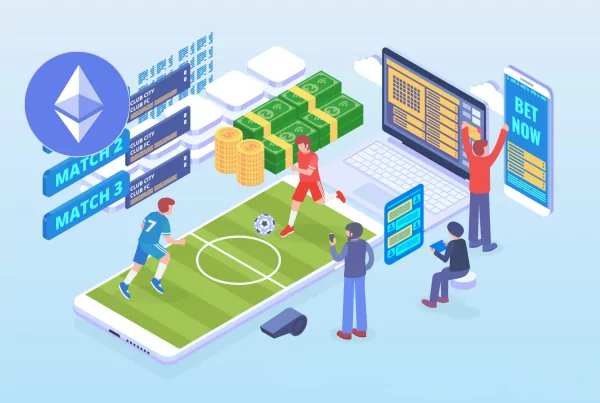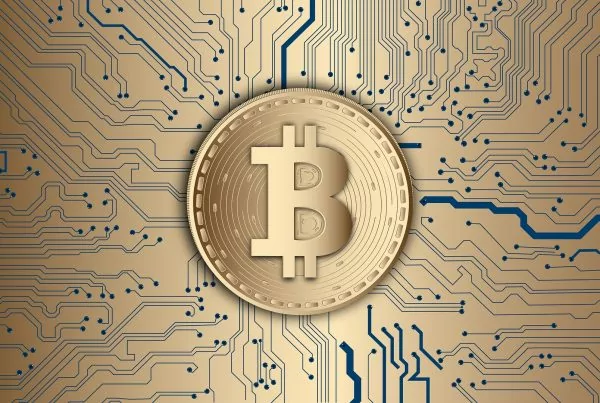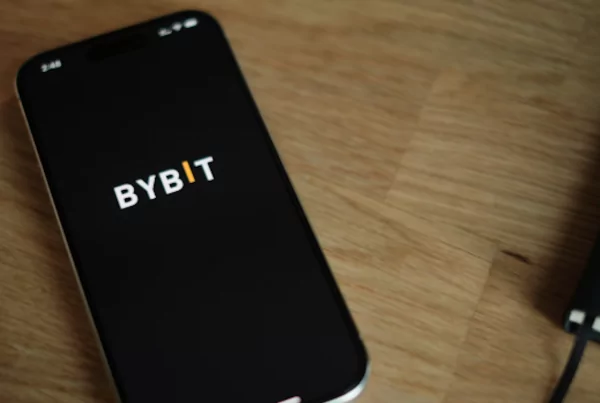Miners Incentive Cut in Half
Bitcoin’s big event, one which occurs every four years, recently transpired on May 11th, 2020 at about 4:00 PM Eastern Time. Essentially, the reward for mining Bitcoin transactions is cut in half, which in turn, also cuts Bitcoin’s inflation rate in half and new Bitcoins entering into circulation is also reduced by half. Some call it “the halvening”.
It was the third such halving since Bitcoin came into being and the first two occurred on November 28, 2012, and July 9, 2016. In 2009 there were 50 coins mined every 10 minutes but that number dropped to 25 in November of 2012 and then 12 ½ in July of 2016. As of this recent halvening (or halving, take your pick) miners now get only 6.25 coins but the electricity it takes to run this expensive mining equipment has already caused the plug to be pulled on many of the older machines. Ultimately, no more than 21 million Bitcoins can be in distribution which means the last mining date will occur sometime in 2140.
These quadrennial occurrences will ultimately make it less and less appealing to mine Bitcoin as the reward will cease to justify the cost.
Philip Salter, chief of mining operations at Genesis Mining stated the following, “Miners turning off after the halving caused a hashrate reduction, which causes blocks to be found less often than every 10 minutes. So, the block times rose to something like 12min instead of the usual 10min but the capacity for transactions in each block stayed the same.”
There is an interesting and illuminating video by sportsbookreview.com that clearly illustrates how all of this works and the potential ramifications because of it. Prior to the halving, approximately 1800 coins were mined per day but that will plummet to 900 and could increase demand as the supply will have slowed down. Obviously, that would be good news for hodlers or those who have purchased Bitcoin as an investment strategy.
A byproduct of the halving of Bitcoin has been the surge in the price of transaction fees. Now, the fact that miners get half of what they were getting a few weeks ago should have no bearing on these fees but perception is reality and according to Poolin’s vice-president Alejandro De La Torre, “Fees have nothing to do with mining. There is no correlation between transaction fees and mining difficulty. Fees increase or decrease primarily because of the fee market created in entering the limited space in a block. If there is a continuous amount of transactions in the Bitcoin network then the fees will remain high. The block space is limited, this creates a fee market. Miners naturally choose the tx’s with the highest fees as this will increase the amount of Bitcoin they make.”
Many believe Bitcoin’s increased publicity, due to the halving, is the real reason why transaction fees have spiked and not the reduced reward for miners. Chun Wang, the co-founder of BTC mining pool F2Pool, commented on the recent uptick in transaction fees: “I feel it (the increased fee level) is more likely driven by the increasing interest in Bitcoin, not because the halved block reward or slower block generation.”
Mark D’Aria, CEO of crypto consulting firm Bitpro, was not surprised by the increase in fees, “Even though fees are high relative to the weeks before the halving, they are nowhere near their peak in 2017 and sit at about the range of the mid-2019 rally or the early days of the 2017 bubble. In the short run, I expect fees to quickly normalize back to previous levels, and then continue the slow increase in average fees over the past few years. There is nothing intrinsic about the halving that will lead to persistently higher fees going forward. All other things being equal, fees would drop back to pre-halving levels once the average block time has normalized down to 10 minutes. But of course, this is a multivariate problem and all other things are never equal.”
As far as the impact the halving has had on the price of Bitcoin we can see that as on May 11, 2020, the price of Bitcoin was roughly $8500 to where it sat nearly three weeks later at over $9500. Many pundits believe the prospects for Bitcoin are bright but others are not completely sold on the digital currency market as a whole. Yet as of this moment, Bitcoin is trending upwards in the post-halving environment and in the midst of a global pandemic. Tough times but Bitcoin is on the rise nonetheless.



